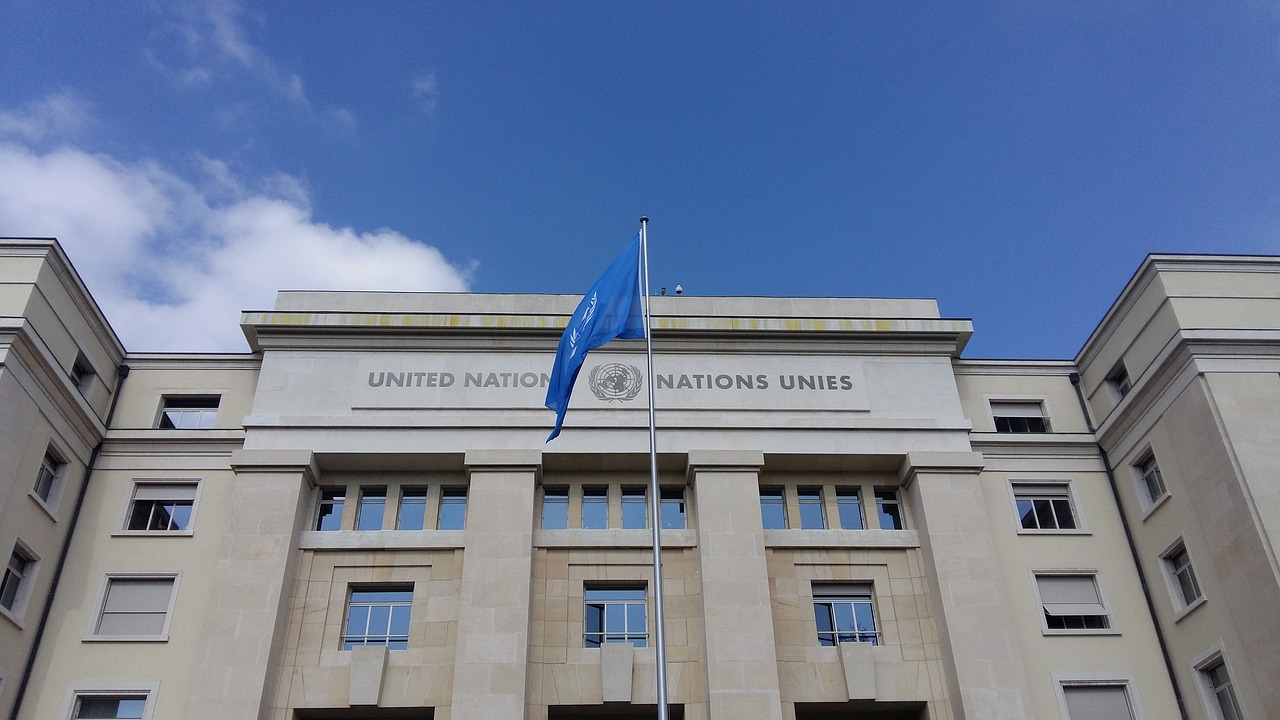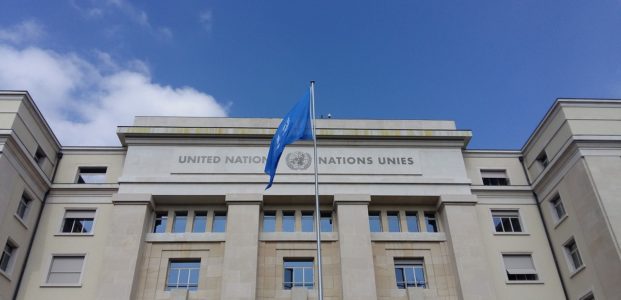In 2010, biodiversity targets were set by the parties to the international Convention on Biological Diversity (CBD) during their 10th meeting in Nagoya, Aichi Province, Japan. These targets—commonly known as the “Aichi Biodiversity Targets” (ABT)—set out 20 objectives that the parties aim to achieve by 2020.
Subsequently, in 2015, Canada created four national goals and 19 targets based on the ABT, commonly known as the “2020 Biodiversity Goals and Targets for Canada”. Canada’s 2020 goals include: “Goal A: By 2020, Canada’s lands and waters are planned and managed using an ecosystems approach to support biodiversity conservation outcomes at local, regional and national scales”. Canada’s Target #1 is to have at least 17% of terrestrial areas and inland water, and 10% of marine and coastal areas of Canada conserved through networks of protected areas and other effective area-based measures by 2020.
While attempting to achieve the 2020 Biodiversity Goals and Targets for Canada, the Government of Canada is also moving forward with measures to implement the Truth and Reconciliation Commission (TRC) Calls to Action and the United Nations Declaration on the Rights of Indigenous Peoples (UNDRIP) in the pursuit of reconciliation with Indigenous peoples. In order to ensure these goals do not conflict, Canada’s 2020 conservation targets are being pursued in collaboration with Indigenous organizations and with input from the members of an Indigenous Circle of Experts (ICE). In the spring of 2018, ICE published “We Rise Together: Achieving Pathway to Canada Target 1 through the creation of Indigenous Protected and Conserved Areas in the spirit and practice of reconciliation”. This report proposed the creation of Indigenous Protected and Conserved Areas (IPCAs) as a key mechanism for the recognition of Indigenous knowledge, legal traditions and cultural practices within Canadian conservation measures. Many worry that the aggressive pursuit of Canada’s 2020 targets without ensuring a central role for Indigenous peoples would have significant negative impacts on Indigenous rights and interests. Canada’s history of settler colonialism includes many shameful examples of Indigenous peoples being displaced from their ancestral territories through the creation of conservation areas. In light of this, Indigenous-led conservation practices and IPCAs are seen as crucial to the successful implementation of Canada’s conservation goals, including Target 1.
The constitutional protection of Aboriginal and treaty rights also creates significant legal hurdles for any law or policy that might infringe these rights by displacing Indigenous peoples from their traditional territories or preventing them from exercising their Aboriginal or treaty rights within their own traditional territories.
The Crown’s duty to consult and accommodate
Canada’s legal framework also strongly favours IPCAs as a conservation tool in light of the constitutional protection of Aboriginal and treaty rights. Among other things, the federal, provincial, and territorial governments have a duty to consult and accommodate Indigenous peoples before taking any actions that might negatively impact their Aboriginal or treaty rights, including strategic land use planning decisions. The Crown’s duty to consult and accommodate Indigenous peoples has been found to apply to a wide variety of land use planning decisions, including decision-making with respect to the creation or modification of conservation areas. The constitutional protection of Aboriginal and treaty rights also creates significant legal hurdles for any law or policy that might infringe these rights by displacing Indigenous peoples from their traditional territories or preventing them from exercising their Aboriginal or treaty rights within their own traditional territories.
Canadian current progress with respect to Target 1
As of December 2017, approximately 10.5% of Canada’s terrestrial area and inland waters were conserved, along with 7.7% of its marine territory. In 2018, the Government of Canada announced an investment of an additional $1.35 billion over 5 years to protect Canada’s Natural Legacy. The Natural Legacy is a federally funded and supported program that is established to promote conservation and protection activities. Its main goal is to improve Canada’s natural environment, protect it, and help Canada meet its 2020 Biodiversity goals and targets.
The 2018 budget also set aside $500 million for the Nature Fund, which will be funding the management and establishment of Indigenous protected areas. Indigenous protected areas are areas of land managed by Indigenous nations. They are essentially designed to envision and support Indigenous landscapes. The Indigenous communities along with the Canadian government will have control of land management in the IPCAs.
On October 11th 2018, the first Indigenous protected area designated in Canada was created under the 2018 Budget’s Nature Legacy. Located west of Yellowknife in the traditional Dehcho territory of the Northwest Territories, the Edéhzhíe Protected Area is the first of its kind and has been characterized as a crucial step towards reconciliation with Indigenous peoples.
For further detail: https://www.canada.ca/en/environment-climate-change/news/2018/10/first-new-indigenous-protected-area-in-canada-edehzhie-protected-area.html
Following this success, on January 24th 2019, the Government of Canada launched a four-year proposal entitled the Pathway to Canada Target 1 Challenge. This appears to be an attempt to influence provincial and territorial governments, Indigenous peoples, and private and non-profit sectors to collaborate in the pursuit of achieving Canada’s Target 1.
Will the Government of Saskatchewan follow in the footsteps of the Northwest Territories and negotiate the creation of Indigenous Protected and Conserved Areas in our province? Stay tuned.


